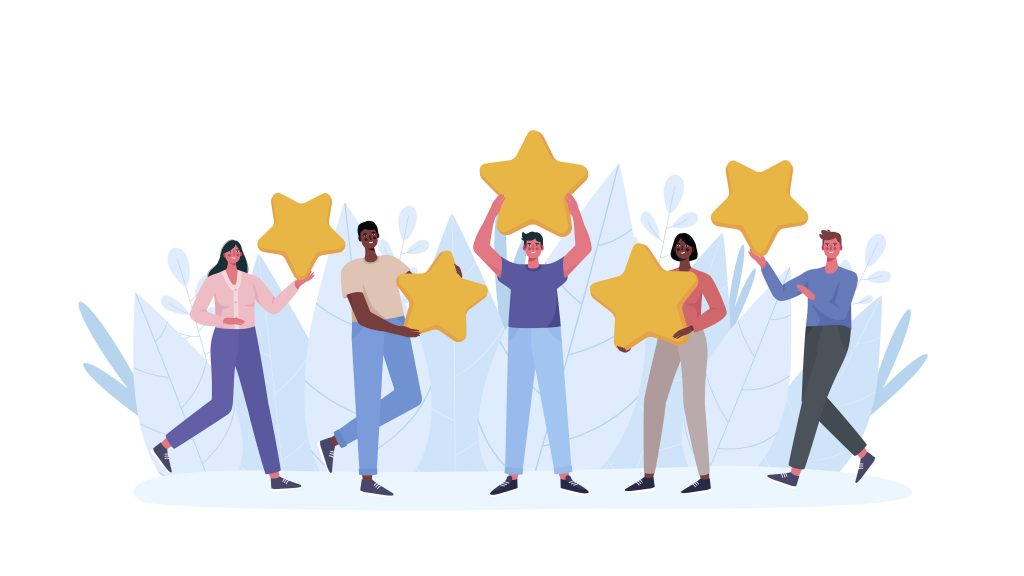How do you know what will be popular next?
Predicting the future like this has its benefits. A business owner can confirm her supply chain to prepare for a surge in purchases. A public works official may be able to schedule road closures so as to inconvenience the fewest people. A couple wanting a small private wedding could avoid booking a venue in a trending neighborhood.
While trend forecasting has been around for years, Xue Bai, associate professor of marketing and supply chain management at the Fox School, took a novel approach to predict popularity.
Instead of looking at historical data like sales, Bai combined location-based information with peer influence.
“Facebook Places is a location-based service. There are also platforms like Foursquare, Meetup and more,” Bai says. “These platforms allow mobile users to check in to a certain location. So when you see your friends checking in somewhere, that allows these networks to predict where you may go in the future. We are trying to build a model to predict how these check-ins affect your friends’ behavior and vice versa.”
Imagine a group of four friends. If three friends check-in at the same Mexican restaurant, the fourth will be more likely to go there in the future as well. Extrapolate that for a whole block, neighborhood or city, and Bai’s model can pinpoint which local spots will be more popular by connecting mobile check-in traffic with social influence.
Along with her co-authors, Bai published her findings in What Will Be Popular Next? Predicting Hotspots in Two-mode Social Networks, which was recently accepted for publication in Management Information Systems Quarterly.
Interestingly, the two parts of their model—the network of friends (social actors) and the locations (social foci)—are mutually reinforcing. Using the Mexican restaurant example, that group of friends not only can influence each other to visit the same places, but their friendships can grow stronger by sharing their common experiences or forming new bonds based on where they have been.
“In our data, we observe where people visited,” says Bai, “We also saw how their friend networks evolved over time. Based on these two datasets, we developed a mutual reinforcement model to capture the interplay between social relations and the adoption behavior.”
Bai’s research benefits everyone from city officials to business owners. If a shop owner knows that her neighborhood is going to be more popular in the coming weeks—even if her store itself hasn’t seen an increase in sales to predict it—she could improve her display windows, get more signage or order more products to capitalize on the increased foot traffic.
Government employees can use these insights for their decision-making, as well. “If you have a reliable model to predict the popular places in the next week or month, that can help you to better plan public functions,” says Bai. She cites examples like roadwork, traffic freezes or distribution of security. The research could also help a city’s response to disease control by potentially mitigating superspreader events before they have a chance to happen.
“Using this model, we can answer the question of what are the top 10, top 20 or top 50 places where people are likely to go,” Bai says. “The better we can forecast, the better we can plan for the future.”
